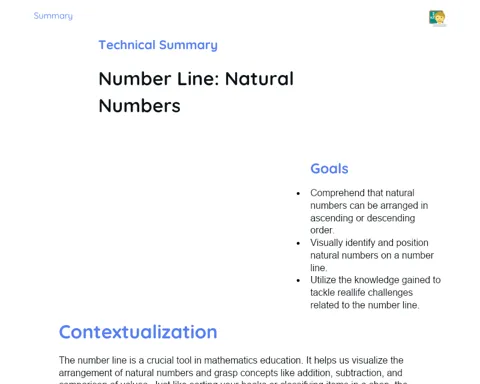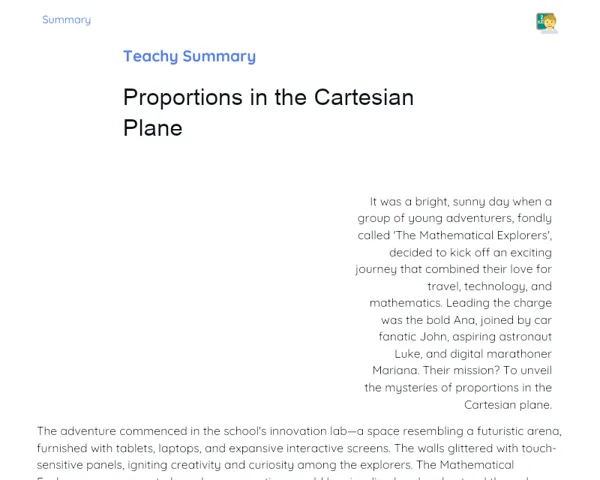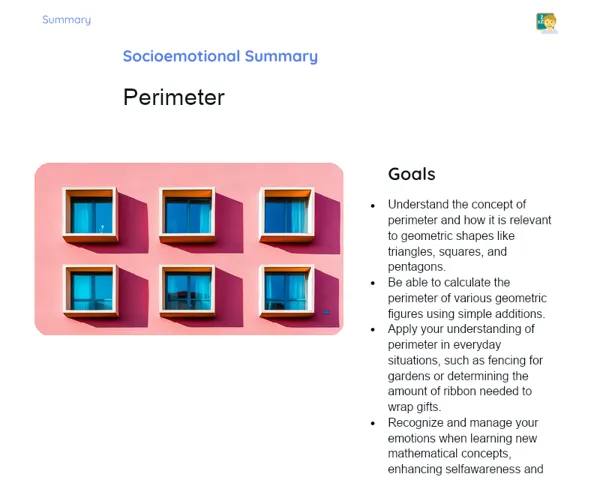Objectives
1. 🎯 Mastering the Conversion between Fractions and Decimals: Understand how to switch numbers between these forms, getting to grips with the underlying mathematical principles.
2. 🎯 Positioning Numbers on the Number Line: Cultivate the skill to accurately place fractions and decimals on a number line for easier visualization and comparison of values.
3. 🎯 Solving Practical Problems with Fractions and Decimals: Use the concepts learnt to tackle everyday challenges involving these terms, like in cooking or budgeting.
Contextualization
Did you know that being able to convert between fractions and decimals is a handy skill used in various jobs and daily life? Whether it's a chef adjusting a recipe or an engineer working out precise measurements, getting to grips with fractions and decimals is essential. For instance, in an Indian kitchen, recipe quantities may be expressed in both fractions and decimals to help chefs tweak portions without sacrificing taste. Learning these conversions not only enhances mathematical understanding but could also set you apart in different career paths!
Important Topics
Conversion of Fractions to Decimals
Converting fractions into decimals is a basic yet vital mathematical skill that allows us to represent numbers in a more precise or convenient manner. For example, the fraction 3/4 can be easily converted to 0.75. This is particularly useful in circumstances where calculations are simpler with decimals than with fractions.
-
To convert a fraction to a decimal, simply divide the top number (numerator) by the bottom number (denominator).
-
Fractions with denominators that are powers of 10 (like 10, 100, etc.) are straightforward to convert to decimals by moving the decimal point to the right based on the number of zeros in the denominator.
-
This capability is crucial for everyday tasks such as cooking, where measurements may come in either form depending on what’s required.
Conversion of Decimals to Fractions
Converting decimals back into fractions is as important as converting fractions to decimals for flexibly expressing quantities and measures. For instance, the decimal 0.25 translates into the fraction 1/4. This skill proves handy where a fractional representation is necessary, like in detailed recipes or engineering drawings.
-
To change a decimal into a fraction, look at the digits after the decimal point. For instance, 0.25 means 25 out of 100, which can be simplified to 1/4.
-
Converting decimals to fractions enhances understanding of ratios and aids in addressing complex mathematical issues.
-
Grasping this conversion allows students to avoid sticking to just one type of numerical expression, making them more versatile in using various forms.
Representation on the Number Line
Using the number line is a great visual method for understanding and comparing values, especially fractions and decimals. Positioning these numbers on a number line helps students grasp their relative sizes and relationships. For example, marking both 1/2 and 0.5 on a number line shows they occupy the exact same spot.
-
The number line serves as a visual guide for understanding the order and spacing between different numbers.
-
Visualizing numbers on a number line helps clarify mathematical operations such as addition, subtraction, multiplication, and division.
-
This skill is significant for developing advanced mathematical reasoning, allowing students to apply numerical concepts in multifaceted situations.
Key Terms
-
Fraction: A number representing a part of a whole, typically displayed with a numerator over a denominator (e.g., 3/4).
-
Decimal: A method for expressing rational numbers using base 10, with a decimal point separating whole numbers from fractions (e.g., 0.75).
-
Conversion: The action of changing a number from one numerical format to another, such as from a fraction to a decimal and vice versa.
-
Number Line: A linear representation where each point corresponds to a real number, used to illustrate the sequence and spacing of numbers.
For Reflection
-
How can the ability to convert fractions to decimals be useful in your day-to-day life?
-
Why is it essential to recognise that the same value can be presented in various forms like fractions, decimals, or percentages?
-
How does using the number line enhance your understanding of mathematical concepts such as addition and subtraction?
Important Conclusions
-
Today, we ventured into the interesting domain of fractions and decimals, exploring how to convert between these forms and position them on the number line. These capabilities are vital, not just in math classes but in numerous everyday activities, from cooking to engineering.
-
We recognised that fractions and decimals are simply different ways to represent the same number, with the choice of format hinging on context and calculation convenience.
-
The ability to switch between these forms and plot numbers on the number line improves our comprehension of mathematical relationships and gets us ready for tackling more intricate challenges and practical applications ahead.
To Exercise Knowledge
To reinforce what we've covered, try these activities at home:
- Convert a family recipe's measurements from fractions to decimals and back again.
- Draw a simple map on paper with distances illustrated in both fractions and decimals, then try converting these distances.
- In a sketchbook, sketch various geometric shapes, fraction them into parts, and then find each part's area in decimal form.
Challenge
Supermarket Challenge: When you accompany your parents shopping, compare prices of products with different unit prices (like per kg vs per g) and transform them to a format that simplifies comparison. Keep track of your findings and share them at home!
Study Tips
-
Regularly engage with games or apps that demonstrate fractions and decimals on the number line, like 'Number Line' or 'Fraction Matcher.'
-
Make use of post-its or cards showcasing fractions and decimals, and line them up to visualise the order and conversions.
-
Whenever possible, relate what you've learnt about fractions and decimals to real-life scenarios like cooking recipes or measurements in crafty projects, to reinforce understanding.



